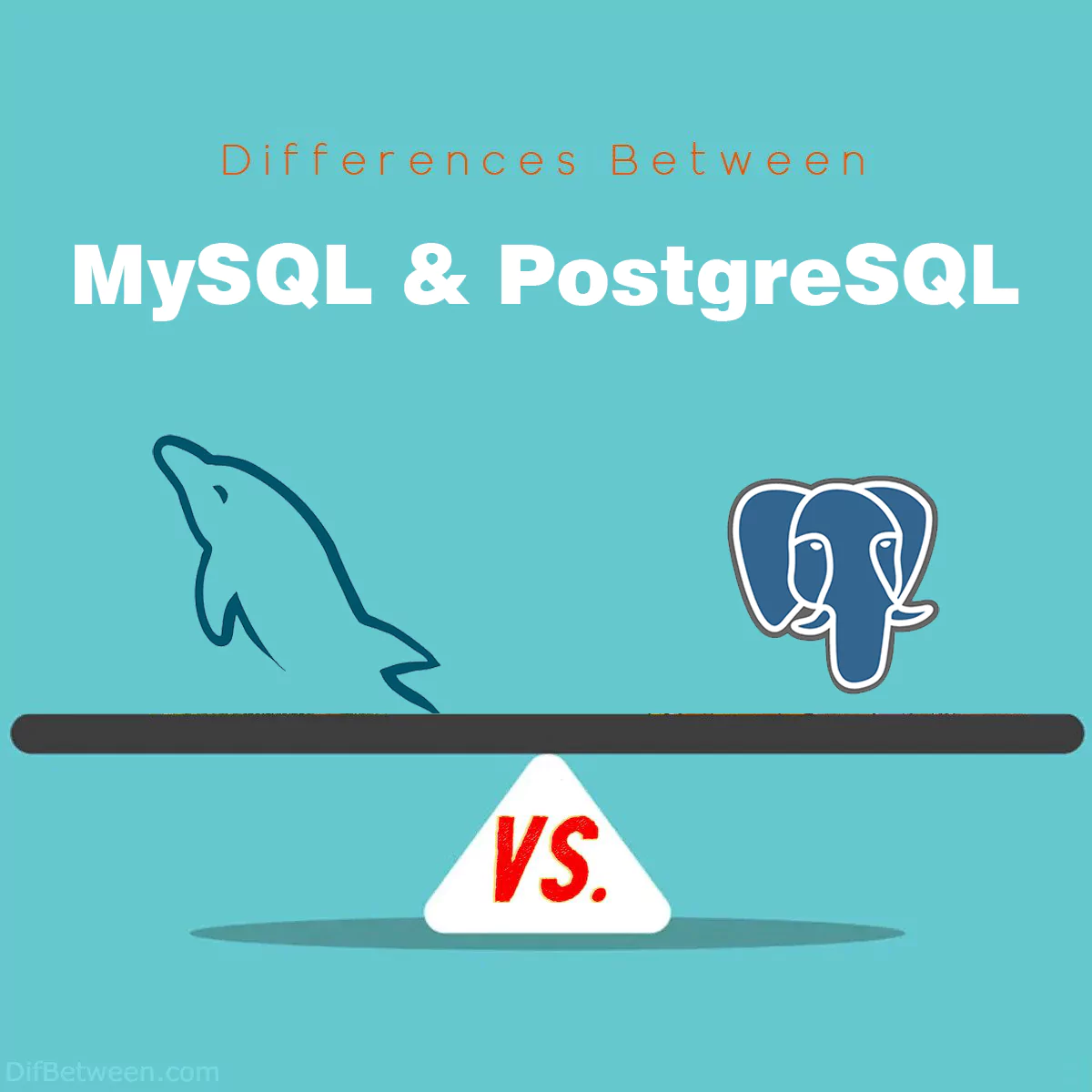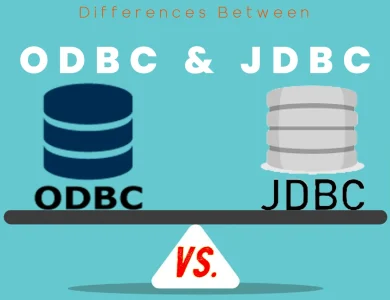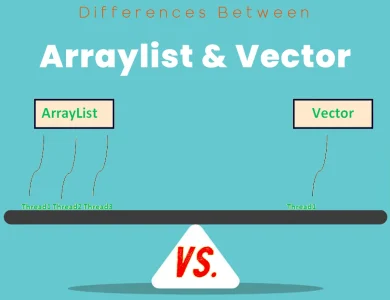
| Aspect | MySQL | PostgreSQL |
|---|---|---|
| Licensing and Open Source | Dual licensing (Community and Enterprise Editions) | PostgreSQL License (Open Source) |
| Data Types and Extensibility | Supports various data types and custom functions | Extensive support for custom data types and operators |
| ACID Compliance and Transactions | Strong ACID compliance with InnoDB and NDB engines | Advanced support with Multi-Version Concurrency Control (MVCC) |
| Performance and Optimization | High performance, especially for read-heavy workloads | Excellent optimization for complex queries and analytical tasks |
| Replication and High Availability | Multiple replication options (master-slave, group replication) | Built-in replication with streaming replication and logical replication |
| Scalability and Partitioning | Horizontal partitioning with sharding | Advanced built-in partitioning options |
| Geospatial Capabilities | Basic geospatial support | Robust geospatial support with PostGIS extension |
| Community and Ecosystem | Large user community, but Oracle-controlled development | Active, community-driven development |
| Ease of Use and Learning Curve | Easier setup and lower learning curve | Steeper learning curve, especially for advanced features |
| Security Features | Standard security features, more advanced in Enterprise Edition | Robust security features, including row-level security |
In the world of relational database management systems (RDBMS), MySQL and PostgreSQL stand as two stalwarts, each offering its unique set of features and capabilities. Whether you’re a seasoned developer or just diving into the world of databases, understanding the key differences between MySQL and PostgreSQL is essential for making the right choice for your project. Let’s embark on a journey to explore these differences in detail.
Differences Between MySQL and PostgreSQL
The main differences between MySQL and PostgreSQL lie in their licensing models, data flexibility, and performance optimization. MySQL offers a dual licensing system, including a free Community Edition and a commercial Enterprise Edition, while PostgreSQL proudly embraces open source with its permissive PostgreSQL License. PostgreSQL excels in data flexibility, supporting custom data types and advanced extensibility, making it an ideal choice for complex data handling. On the other hand, MySQL is renowned for its robust performance in read-heavy workloads, making it a go-to option for web applications. Overall, the choice between MySQL and PostgreSQL depends on your project’s licensing preferences, data complexity, and performance priorities.
1. Licensing and Open Source Philosophy
MySQL: MySQL has historically been associated with dual licensing, offering both an open-source Community Edition and a commercial Enterprise Edition. The Community Edition is distributed under the GNU General Public License (GPL), making it free to use for most applications. However, the dual licensing model has led to concerns in the open-source community about the long-term commitment to open source by its parent company, Oracle Corporation.
PostgreSQL: PostgreSQL, on the other hand, proudly embraces the open-source philosophy with its PostgreSQL License. This license is similar to the MIT License, allowing users to use, modify, and distribute PostgreSQL freely. PostgreSQL’s commitment to open source has earned it a loyal following in the open-source community, and it is often considered the more open and community-driven of the two databases.
In summary, while both databases are available as open source, PostgreSQL’s more permissive licensing and community-driven development approach make it the preferred choice for those who prioritize open source principles.
2. Data Types and Extensibility
MySQL: MySQL offers a wide range of data types to cater to various needs, including integers, floating-point numbers, strings, dates, and more. It also supports user-defined functions and stored procedures. However, MySQL’s extensibility is somewhat limited compared to PostgreSQL, and its support for complex custom data types and domain constraints is less robust.
PostgreSQL: PostgreSQL is renowned for its extensibility and support for custom data types. It provides an impressive array of built-in data types and allows users to define their own complex data types, operators, and functions. This extensibility is a powerful feature for applications that require specialized data handling, such as geographic information systems (GIS), JSON document storage, or custom numeric types.
In essence, if your project demands a high degree of flexibility and custom data types, PostgreSQL’s extensibility shines brightly.
3. ACID Compliance and Transactions
MySQL: MySQL is known for its strong ACID (Atomicity, Consistency, Isolation, Durability) compliance, making it a suitable choice for applications that require robust transaction support. It supports both the InnoDB and NDB storage engines, with InnoDB being the default and widely used engine for transactional workloads.
PostgreSQL: PostgreSQL takes ACID compliance seriously and is often praised for its advanced support for concurrent transactions. It uses a multi-version concurrency control (MVCC) system, which allows multiple transactions to occur simultaneously without blocking each other. This feature is particularly useful for applications with heavy read and write workloads.
In summary, both MySQL and PostgreSQL are ACID-compliant, but PostgreSQL’s MVCC system gives it an edge when it comes to handling concurrent transactions efficiently.
4. Performance and Optimization
MySQL: MySQL has a reputation for delivering high performance, especially for read-heavy workloads. It includes various optimization techniques such as query caching, indexing, and the ability to fine-tune server settings. MySQL is often the go-to choice for web applications and content management systems that require fast and reliable read operations.
PostgreSQL: PostgreSQL, while offering respectable performance, is renowned for its optimization capabilities, particularly for complex queries and analytical workloads. It provides advanced indexing options, including support for full-text search, spatial data, and JSONB data types. PostgreSQL’s ability to optimize queries makes it an excellent choice for applications that involve complex data analysis and reporting.
In essence, MySQL excels in scenarios where read performance is crucial, while PostgreSQL shines when dealing with complex queries and analytical tasks.
5. Replication and High Availability
MySQL: MySQL offers several replication options, including master-slave replication and group replication, to achieve high availability and load balancing. It also provides tools like MySQL Cluster for handling distributed database systems. However, setting up replication in MySQL may require additional configuration and monitoring.
PostgreSQL: PostgreSQL provides built-in support for replication through its streaming replication feature. This feature allows you to create standby replicas for failover and read scaling. Additionally, PostgreSQL’s logical replication enables more fine-grained control over data replication. Setting up replication in PostgreSQL is considered straightforward, making it an attractive choice for applications that require high availability.
In summary, both databases offer replication solutions, but PostgreSQL’s built-in support and ease of configuration make it a strong contender for high availability requirements.
6. Scalability and Partitioning
MySQL: MySQL offers horizontal partitioning using techniques like sharding and partitioning tables. It can handle moderate levels of scalability, making it suitable for small to medium-sized applications. However, achieving high scalability may require additional effort and third-party tools.
PostgreSQL: PostgreSQL’s partitioning capabilities are well-regarded, allowing you to efficiently manage large datasets. It provides table partitioning based on range, list, and hash criteria, making it a powerful choice for applications dealing with massive amounts of data. PostgreSQL’s extensibility also allows you to implement custom partitioning strategies.
In essence, PostgreSQL’s built-in support for advanced partitioning makes it a strong candidate for applications demanding high scalability and data management.
7. Geospatial Capabilities
MySQL: MySQL offers basic support for geospatial data through its spatial extensions. While it can handle simple geospatial queries, it may not be the best choice for applications requiring advanced geospatial capabilities.
PostgreSQL: PostgreSQL is renowned for its robust support for geospatial data. It includes the PostGIS extension, which adds extensive geospatial capabilities, allowing you to perform complex geospatial queries, store geographic data, and perform spatial analysis. PostgreSQL with PostGIS is often the database of choice for GIS applications.
In summary, if your application heavily relies on geospatial data, PostgreSQL’s PostGIS extension provides unparalleled capabilities.
8. Community and Ecosystem
MySQL: MySQL has a large and active user community, thanks in part to its long history in the open-source world. It benefits from a wide range of third-party tools, libraries, and resources. However, the development direction of MySQL is primarily controlled by Oracle Corporation, which may raise concerns for some open-source enthusiasts.
PostgreSQL: PostgreSQL boasts a passionate and vibrant open-source community that actively contributes to its development. It has a rich ecosystem of extensions and plugins, making it easy to extend its functionality to suit various needs. The community-driven nature of PostgreSQL ensures that it remains true to its open-source roots.
In essence, both databases have active communities, but PostgreSQL’s community-driven approach is seen as more aligned with open-source principles.
9. Ease of Use and Learning Curve
MySQL: MySQL is often considered easier to set up and configure, making it a good choice for beginners. It has a straightforward installation process and user-friendly tools, which can lower the initial learning curve. However, mastering advanced features and optimization techniques may take time.
PostgreSQL: PostgreSQL has a steeper learning curve, especially for those new to relational databases. While its installation is not overly complex, understanding its advanced features, extensibility, and optimization options may require more effort. However, the investment in learning PostgreSQL can pay off for projects that demand its unique capabilities.
In summary, MySQL is favored for its ease of use, while PostgreSQL offers a deeper and more complex feature set that requires a bit more learning.
10. Security Features
MySQL: MySQL provides standard security features, including user authentication and authorization. It supports SSL/TLS encryption for data in transit and offers data encryption at rest. However, some security features may be limited in the Community Edition, with more advanced security features available in the Enterprise Edition.
PostgreSQL: PostgreSQL is known for its robust security features, including role-based access control (RBAC), row-level security, and fine-grained access control. It offers SSL/TLS encryption, data encryption at rest, and the ability to encrypt specific columns within a table. PostgreSQL’s security features make it a preferred choice for applications with strict security requirements.
In essence, both databases offer security features, but PostgreSQL’s advanced security options make it a solid choice for security-conscious projects.
MySQL or PostgreSQL : Which One is Right Choose for You?
Choosing between MySQL and PostgreSQL is a significant decision that depends on your specific project requirements and priorities. Let’s explore the factors that can help you determine which database is the right choice for you.
MySQL: When to Choose
Ease of Use and Learning Curve: if you’re looking for a database that’s relatively easy to set up and configure.
- It’s a good option for beginners who want a straightforward database solution.
- MySQL offers user-friendly tools and a lower initial learning curve.
Read-Heavy Workloads:
- Choose MySQL if your application primarily involves read-heavy workloads, such as web applications and content management systems.
- It excels in delivering high performance for read operations.
Familiarity with MySQL:
- Choose MySQL if your team is already familiar with MySQL and its tools.
- Utilizing existing expertise can streamline development and maintenance.
Licensing Considerations:
- Keep in mind that MySQL has dual licensing (Community and Enterprise Editions).
- If you require advanced security features or support, you may need the Enterprise Edition.
PostgreSQL: When to Choose
Data Flexibility and Extensibility:
- Choose PostgreSQL if your project demands a high degree of data flexibility and custom data handling.
- It excels in supporting complex data types and custom functions.
Complex Queries and Analytics:
- Choose PostgreSQL if your application involves complex queries, analytical workloads, and optimization requirements.
- PostgreSQL offers advanced indexing options and optimization capabilities.
Commitment to Open Source:
- Choose PostgreSQL if you prioritize open source principles and want a database with a strong open-source community.
- PostgreSQL’s licensing and development align closely with open source.
Geospatial Data Needs:
- Choose PostgreSQL if your application relies heavily on geospatial data.
- PostgreSQL’s PostGIS extension provides extensive geospatial capabilities.
Advanced Security:
- Choose PostgreSQL if your project requires advanced security features, role-based access control (RBAC), and fine-grained access control.
Consider Your Project’s Unique Needs
Ultimately, the choice between MySQL and PostgreSQL should align with your project’s specific requirements and long-term goals. Take into account factors such as your team’s expertise, the nature of your application, scalability needs, and security requirements.
It’s also important to note that both MySQL and PostgreSQL are mature and reliable database management systems. Whichever you choose, you’ll have access to a robust database solution that can handle a wide range of tasks. Make your decision thoughtfully, and you’ll be well-equipped to manage your relational data effectively.
FAQs
MySQL and PostgreSQL are both open-source relational database management systems (RDBMS). They are used to store, manage, and retrieve structured data.
Some key differences include licensing (MySQL has a dual licensing model, while PostgreSQL is fully open source), data flexibility (PostgreSQL offers more advanced custom data types), and performance optimization (MySQL excels in read-heavy workloads, while PostgreSQL is known for complex query optimization).
The choice between MySQL and PostgreSQL depends on your project’s specific requirements. MySQL is often preferred for its ease of use and read-heavy workloads, while PostgreSQL is chosen for its data flexibility, extensibility, and advanced optimization.
MySQL is commonly used for web applications, especially those with a significant focus on read operations. Its performance in read-heavy scenarios makes it a popular choice.
Yes, you can use both MySQL and PostgreSQL in the same project if needed. However, this approach typically involves managing multiple database systems and may require careful consideration of data synchronization and integration.
PostgreSQL is fully open source and is released under the PostgreSQL License, which is similar to the MIT License. MySQL has a dual licensing model, offering a free-to-use Community Edition and a commercial Enterprise Edition.
MySQL is used by many popular applications, including WordPress, Drupal, Joomla, and various content management systems (CMS). It’s also a common choice for web and e-commerce platforms.
PostgreSQL is preferred for applications that require advanced data handling, such as geographic information systems (GIS), data warehousing, and analytical databases. It’s used by applications like Django, OpenStreetMap, and various scientific and research projects.
PostgreSQL, with its PostGIS extension, is the preferred choice for handling geospatial data. PostGIS provides extensive geospatial capabilities for spatial analysis and geographic data storage.
Yes, there are tools and scripts available that can assist with migrating data and database schema between MySQL and PostgreSQL. These tools help ease the transition for projects switching from one database to the other.
Read More :
Contents
- Differences Between MySQL and PostgreSQL
- 1. Licensing and Open Source Philosophy
- 2. Data Types and Extensibility
- 3. ACID Compliance and Transactions
- 4. Performance and Optimization
- 5. Replication and High Availability
- 6. Scalability and Partitioning
- 7. Geospatial Capabilities
- 8. Community and Ecosystem
- 9. Ease of Use and Learning Curve
- 10. Security Features
- MySQL or PostgreSQL : Which One is Right Choose for You?
- FAQs






